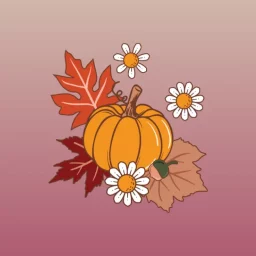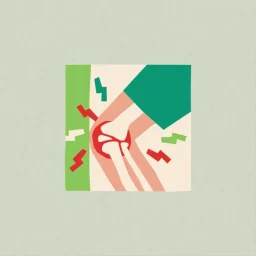Foam rolling has gained popularity in recent years as a go-to self-care practice for athletes, fitness enthusiasts, and individuals seeking relief from muscle tightness and soreness. This simple yet effective technique involves using a foam roller to apply pressure to specific areas of the body, promoting muscle recovery and overall well-being. In this article, we’ll delve into the impact of foam rolling, exploring its benefits, techniques, and considerations for incorporating it into your fitness routine.
The Basics of Foam Rolling
Foam rolling, also known as self-myofascial release, is a self-massage technique that targets the fascia—a connective tissue that surrounds muscles, nerves, and organs. When the fascia becomes tight or restricted, it can lead to muscle stiffness, reduced range of motion, and discomfort. It works by breaking up these adhesions and promoting better blood flow to the muscles.
Benefits of Foam Rolling
Improved Flexibility and Range of Motion:
Regular foam rolling can help increase muscle flexibility and joint mobility, which is essential for performing various exercises and preventing injuries.
Reduced Muscle Soreness:
After an intense workout, muscles can become sore due to a phenomenon called delayed onset muscle soreness (DOMS). Muscle release helps alleviate this soreness, promoting faster recovery.
Injury Prevention:
By addressing muscle imbalances and reducing tension, foam rolling can lower the risk of injuries, especially in high-impact sports or activities.
Enhanced Circulation:
The pressure applied during the rolling stimulates blood flow to the targeted muscles, aiding in the delivery of oxygen and nutrients while removing waste products.
Stress Reduction:
Foam rolling not only benefits the body but also the mind. The relaxing nature of the practice can help reduce stress and promote a sense of well-being.
Effective Foam Rolling Techniques
1. Start Slowly: If you’re new to this technique, begin with gentle pressure and gradually increase it as your muscles become accustomed to the sensation.
2. Target Specific Areas: Focus on areas of your body that feel tight or sore. Your healthcare provider can provide you with specific areas you need to target. Common areas include the calves, quadriceps, hamstrings, IT band, glutes, and upper back.
3. Roll Slowly: Move the foam roller slowly over the muscle, spending about 30 seconds on each tender spot. Avoid rolling too quickly, as this may not effectively release muscle tension.
4. Breathe: Deep, controlled breathing can help relax your body and make the process more effective.
5. Consistency is Key: To experience the full benefits of foam rolling, make it a regular part of your fitness routine, ideally both before and after workouts.
Considerations and Precautions
While foam rolling offers numerous benefits, it’s essential to use proper technique and take some precautions:
1. Avoid rolling over joints or bones: Focus on the muscle areas and avoid rolling directly over joints, as this can be uncomfortable and potentially harmful.
2. Don’t overdo it: More pressure isn’t always better. Excessive force can lead to bruising or further muscle damage. Listen to your body and adjust accordingly.
3. Consult a professional: If you have specific injuries or chronic pain, consult your chiropractor, massage therapist or physiotherapist before incorporating foam rolling into your routine.
Foam rolling is a versatile and accessible tool for enhancing flexibility, reducing muscle soreness, and preventing injuries. By incorporating this practice into your fitness routine, you can experience the positive impact of muscle release. Impacts include both your physical and mental well-being. Remember to listen to your body, start slowly, and make it a consistent part of your self-care regimen. For more guidance on how to incorporate muscle release into your routine please consult your healthcare provider at CURAVITA. You can book an appointment online or call our clinics. The Glebe Clinic can be reached at 613-237-9000 and our Byward clinic at 613-860-8600.
















